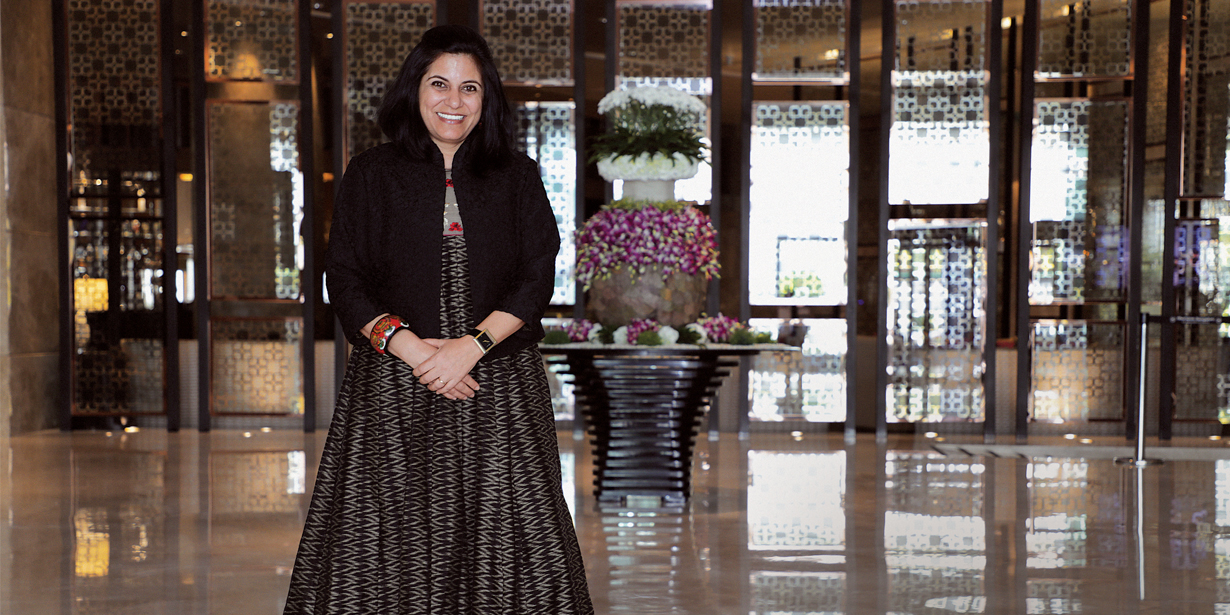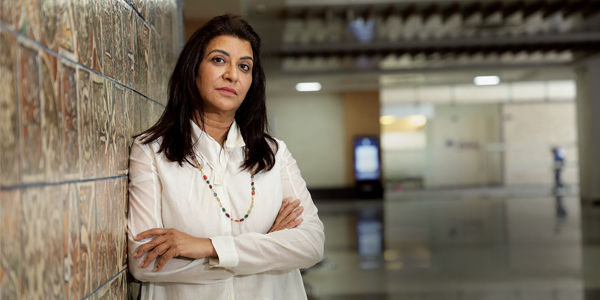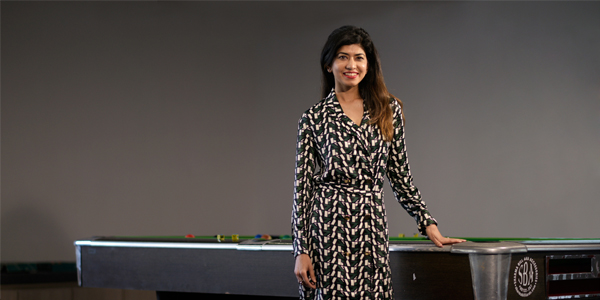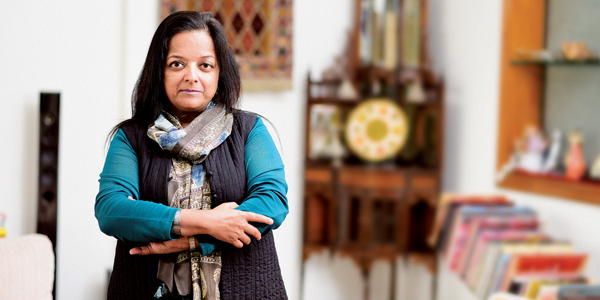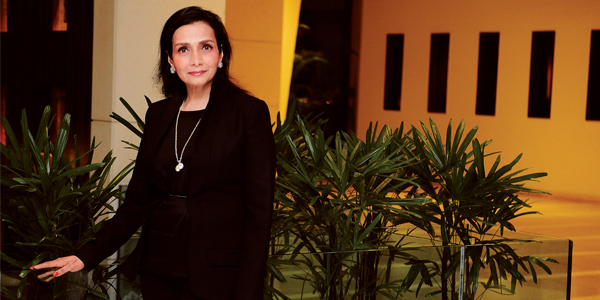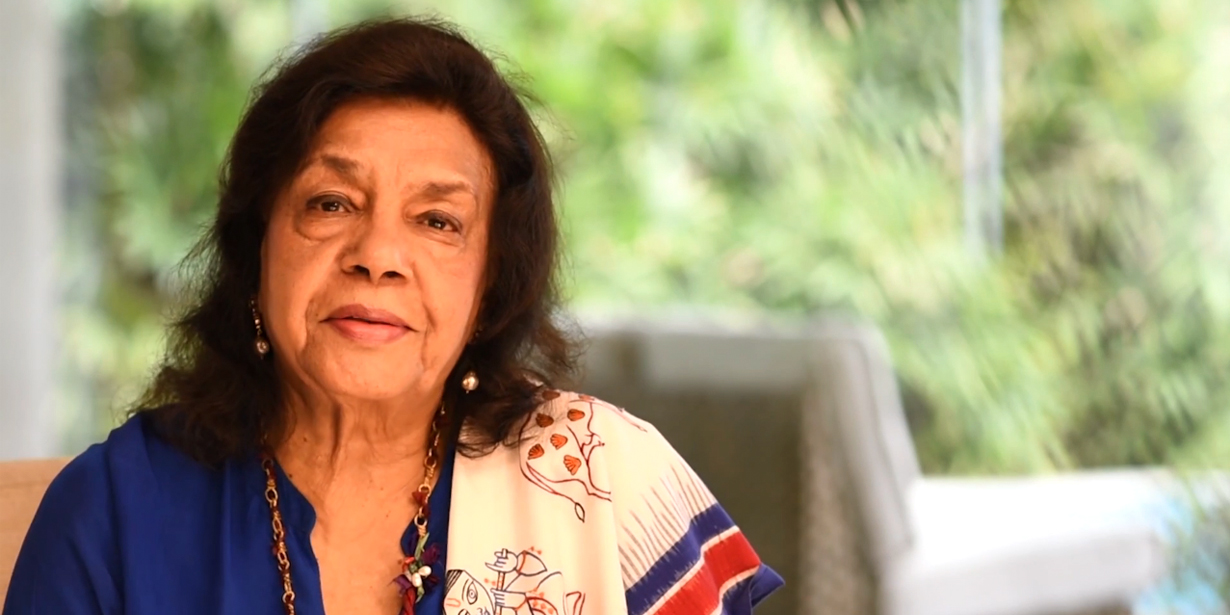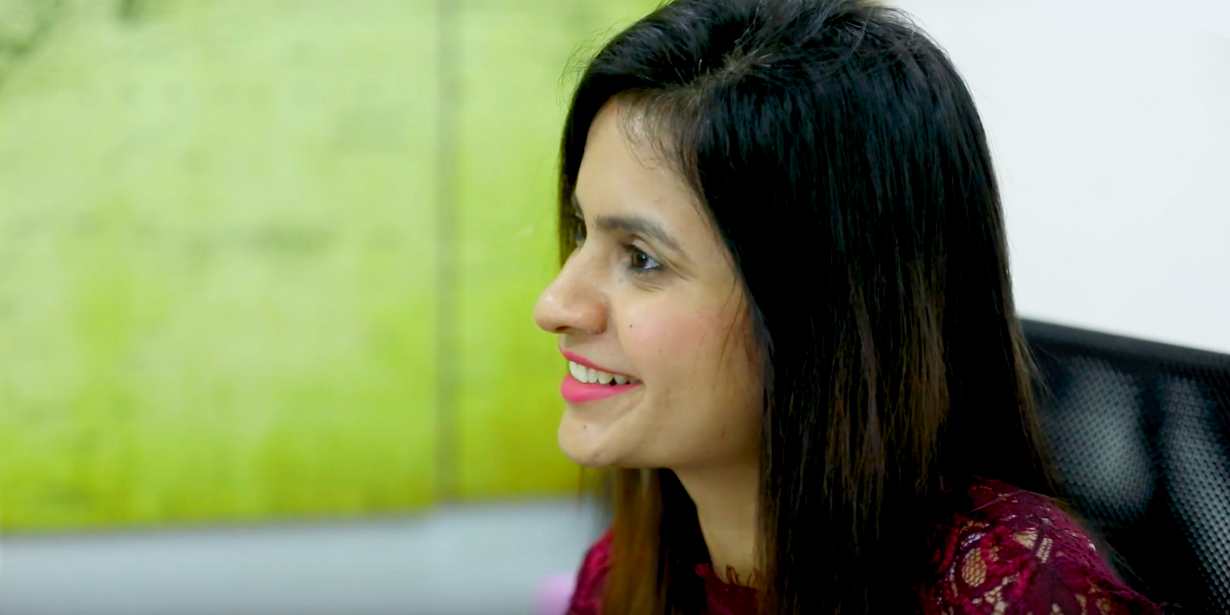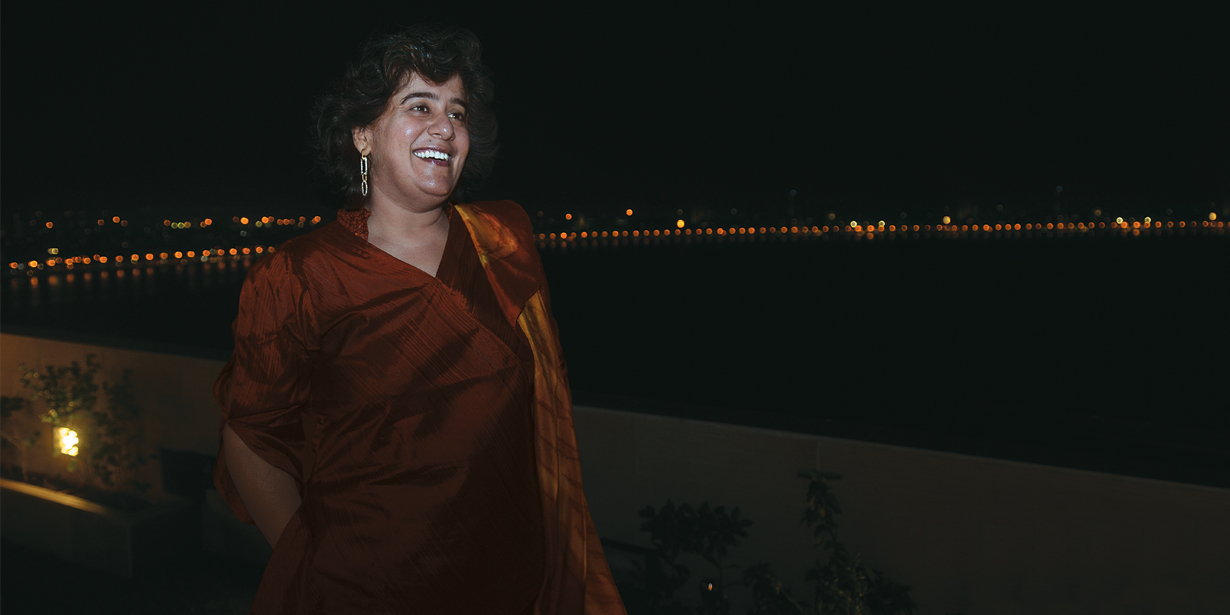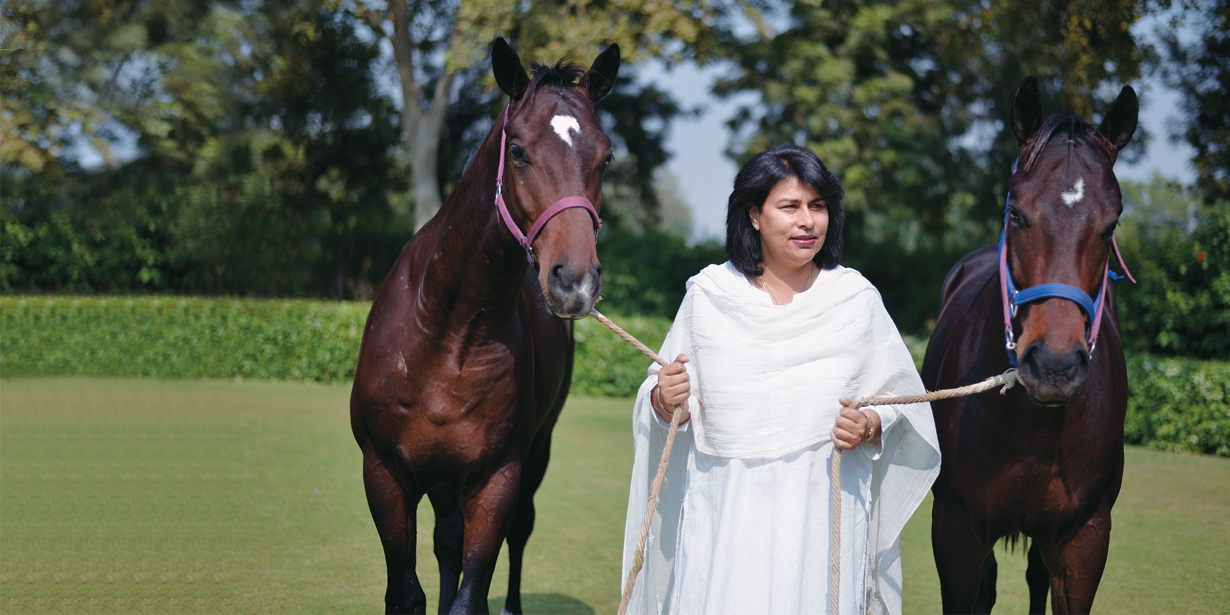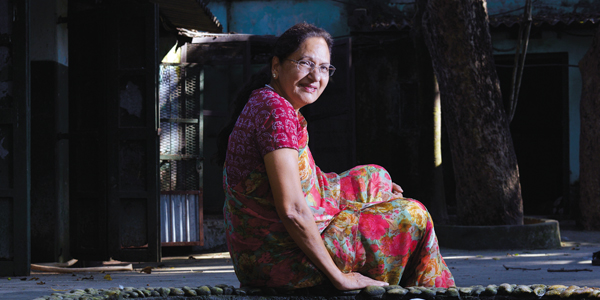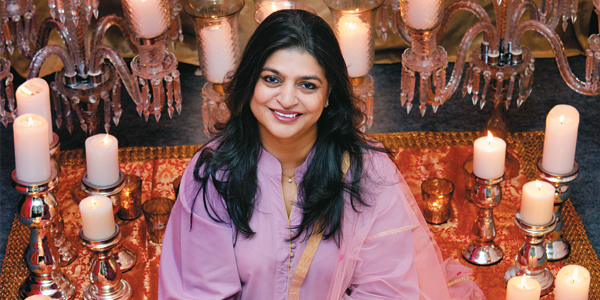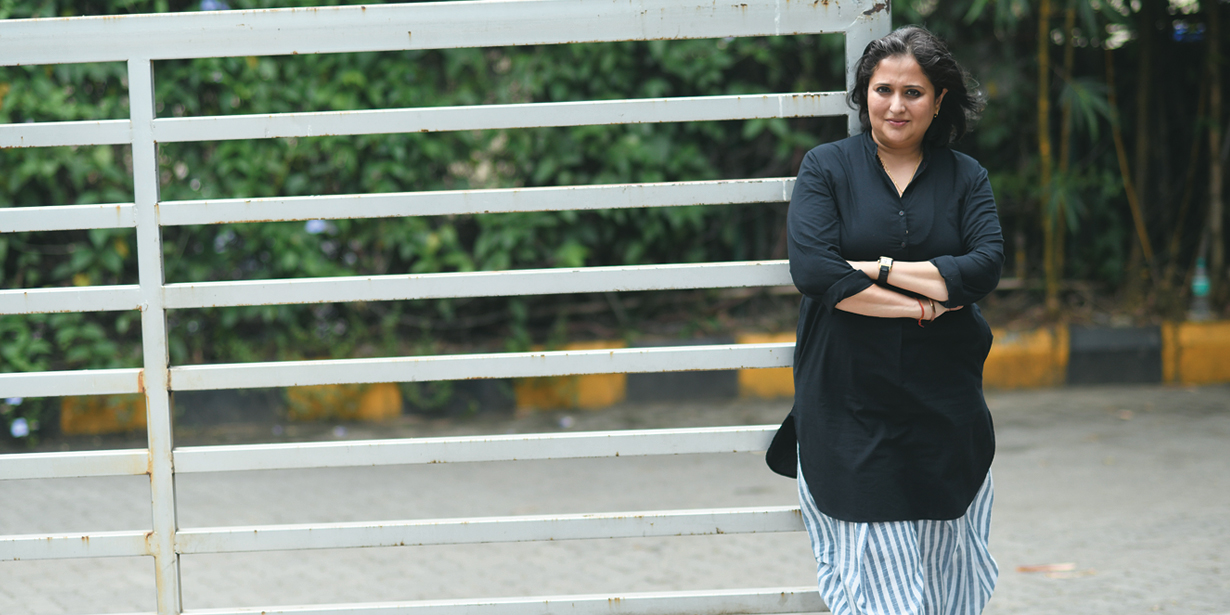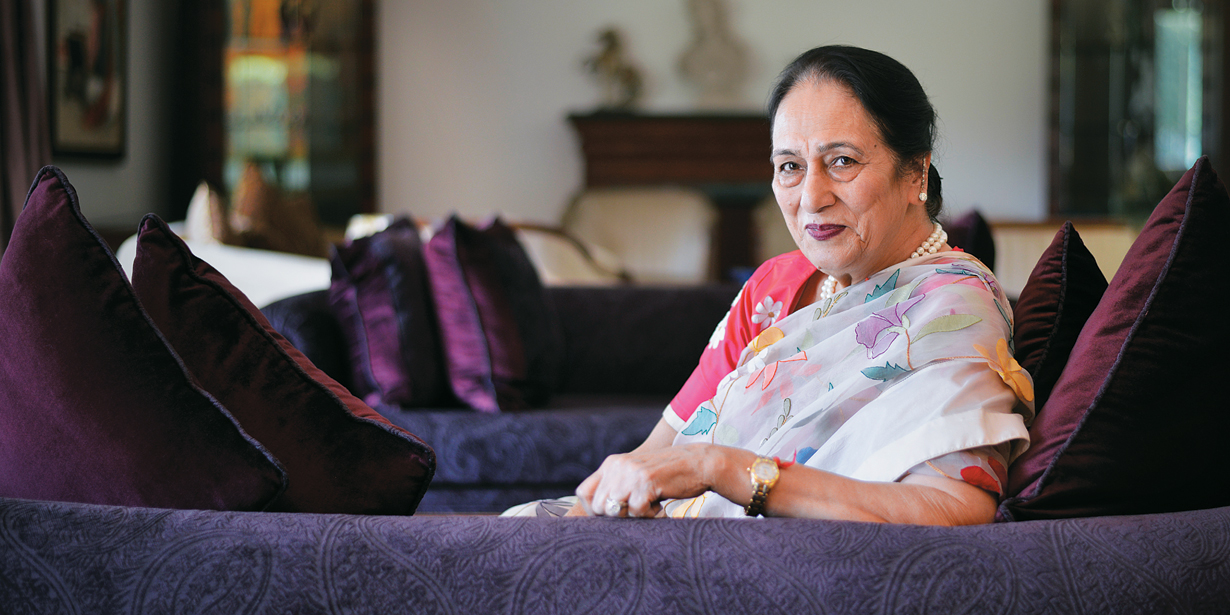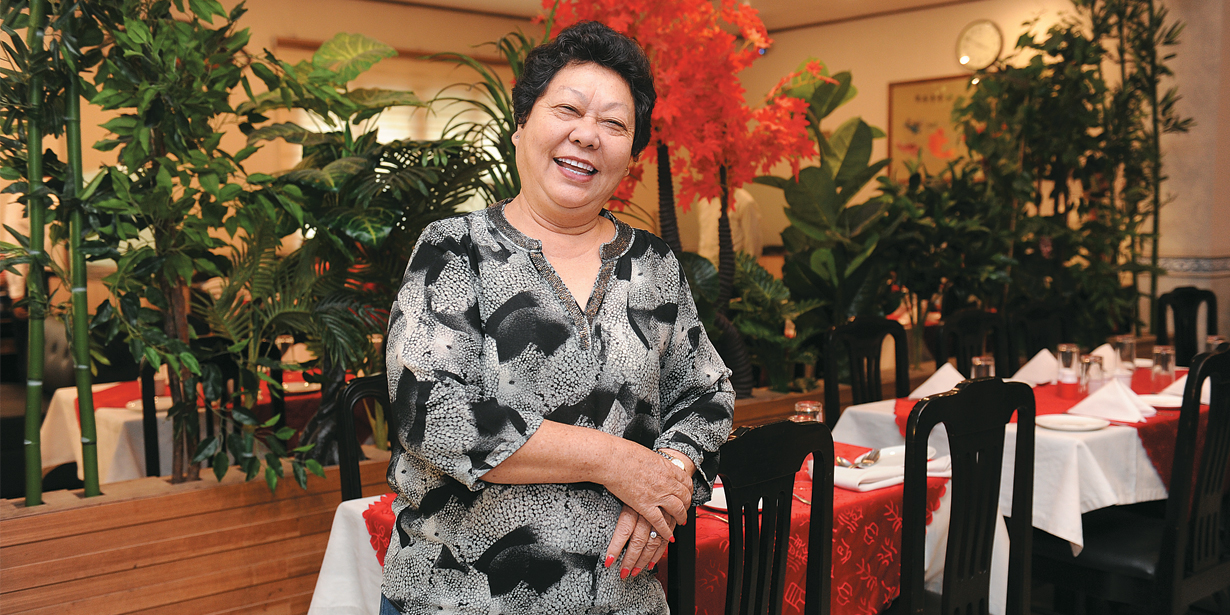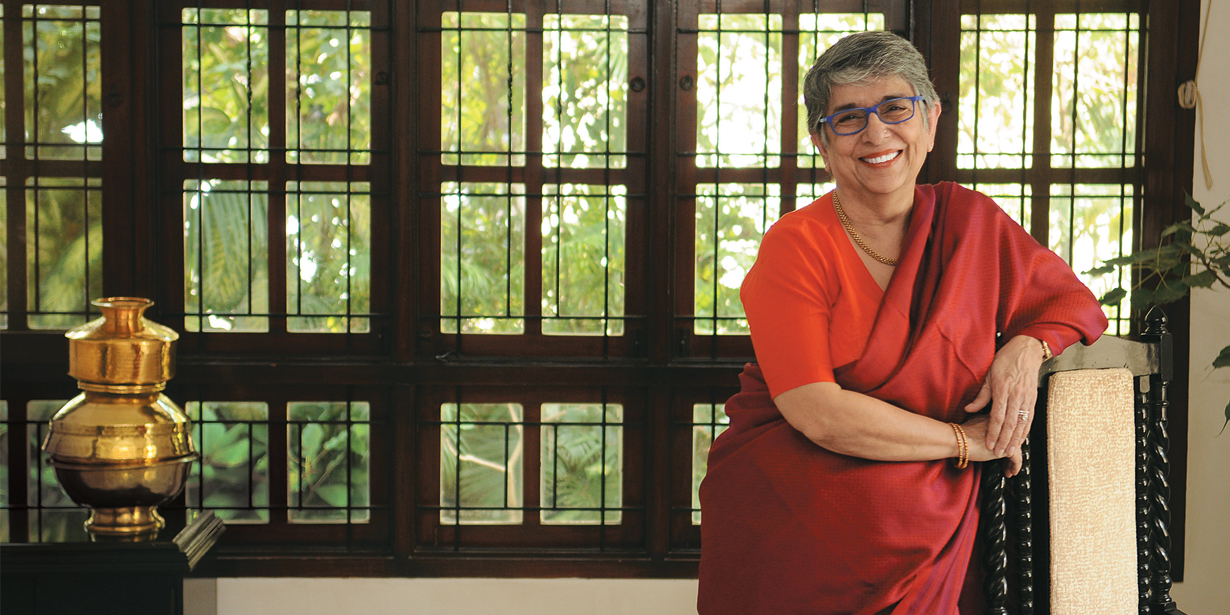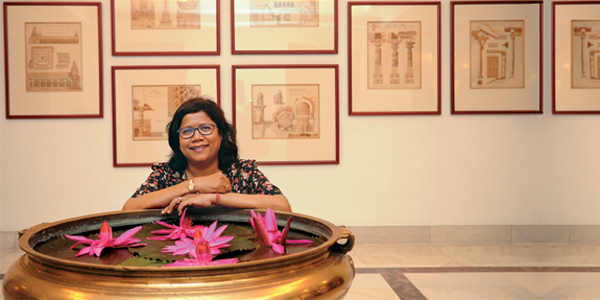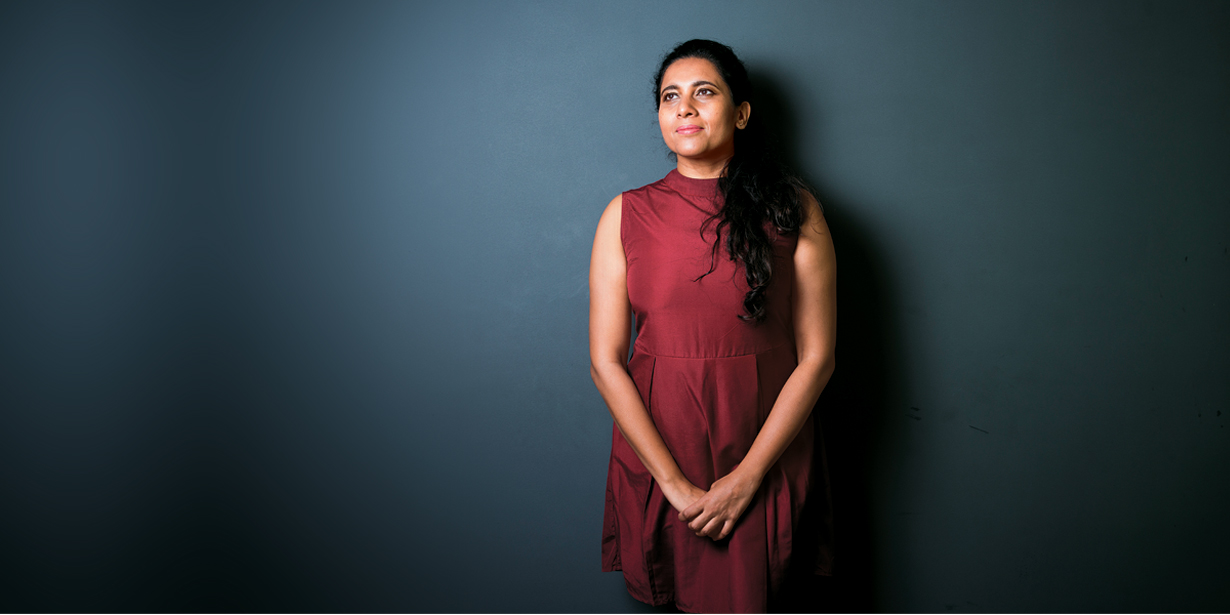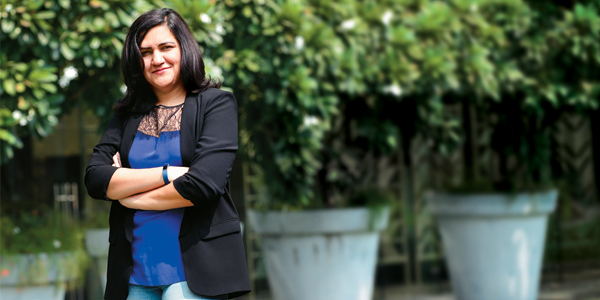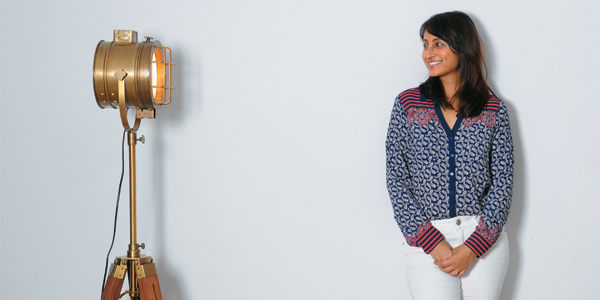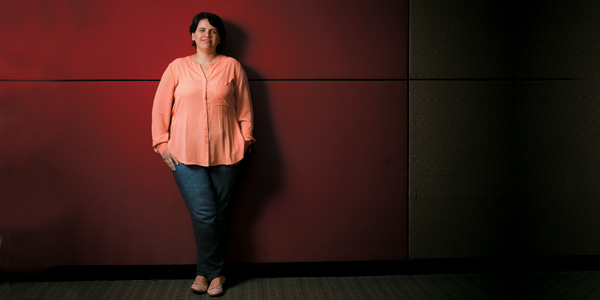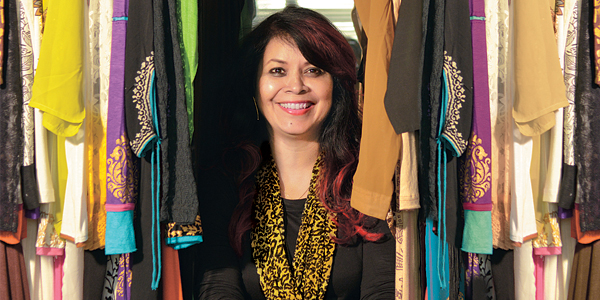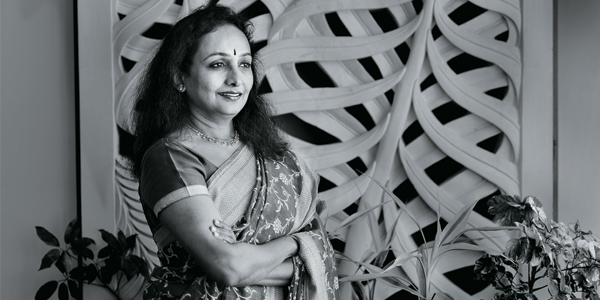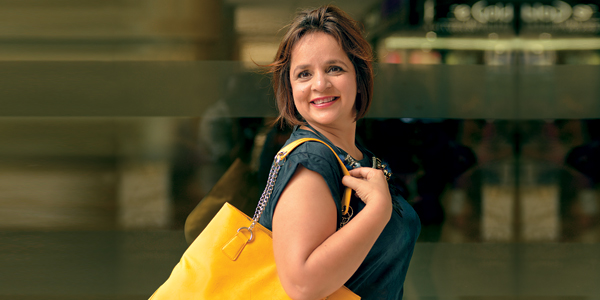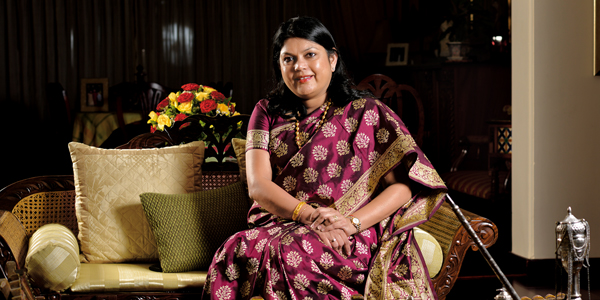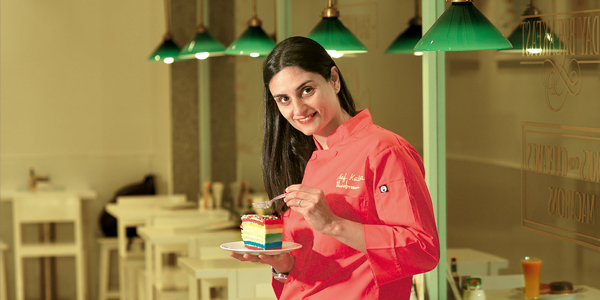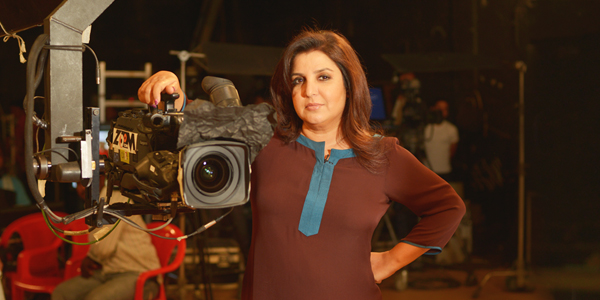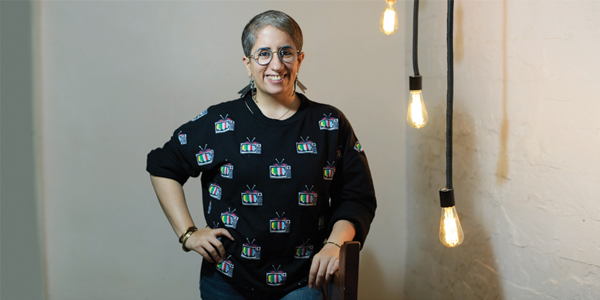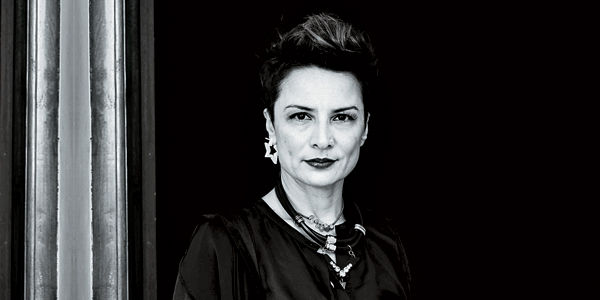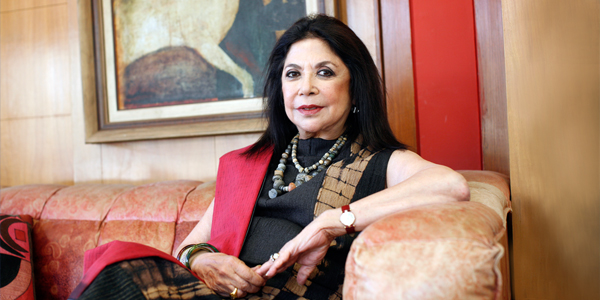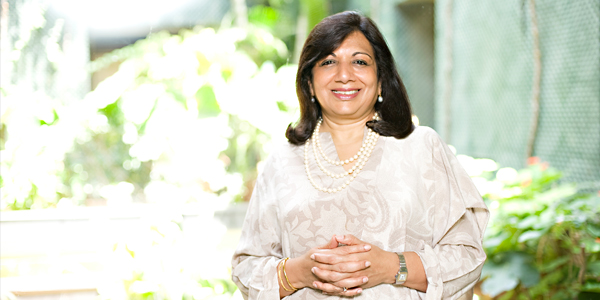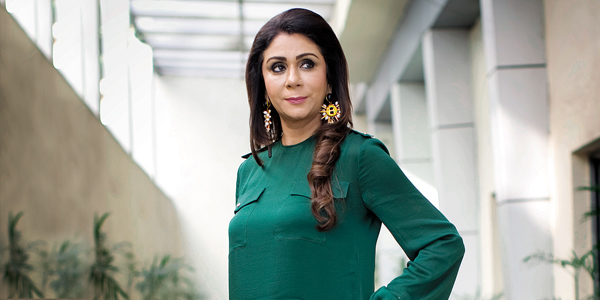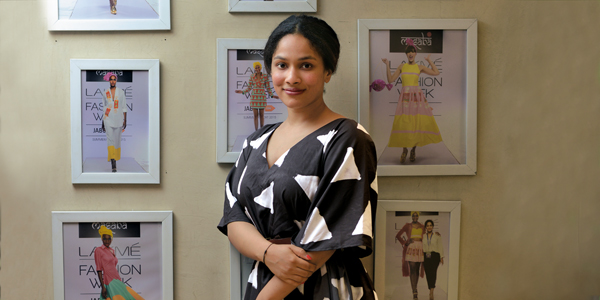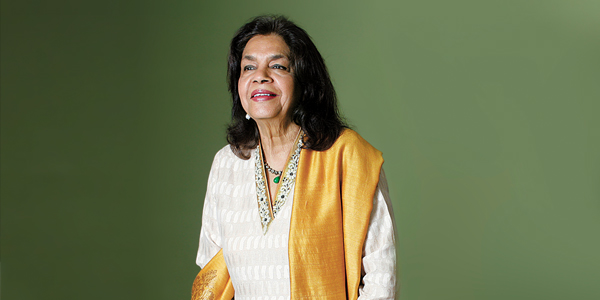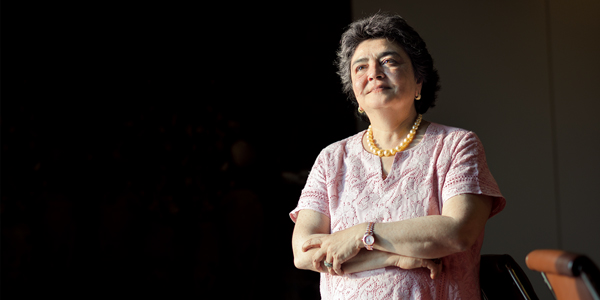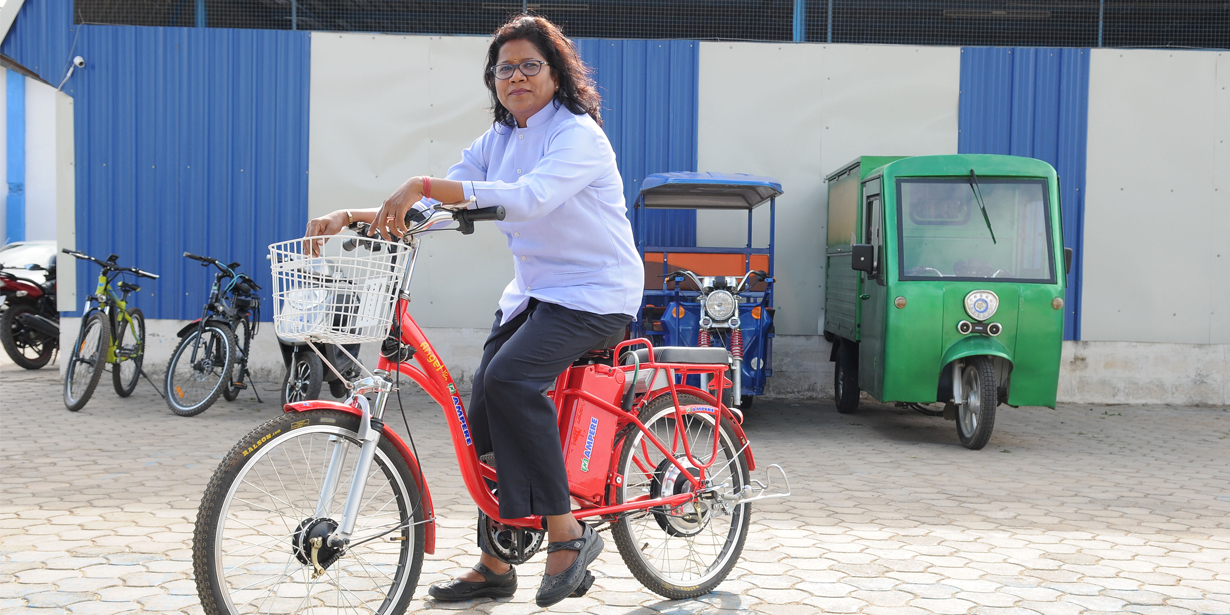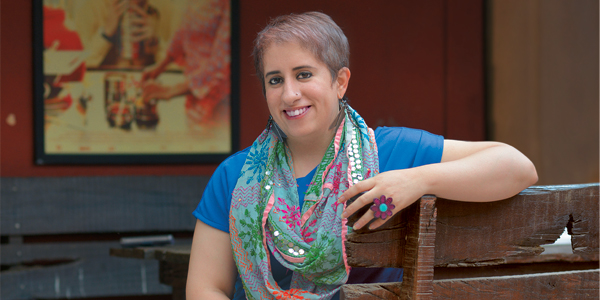The Rad Doctor
In the age of hyper-funded start-ups, Sunita Maheshwari built her healthcare enterprise on her own steam
In Latin, Rx stands for recipe or prescription. Dx for diagnosis. Put the two together and you have RxDx, a landmark in Whitefield, Bengaluru. Surrounded by fancy office complexes, this four-storied mini-hospital is unassuming. Is this what one of the most influential women in India’s healthcare space calls office? Prem Ahluwalia’s ‘India’s Most Powerful Women’ is on the reception table and that’s when you realise you’ve reached the right address. Dr Sunita Maheshwari is on pages 184-186.
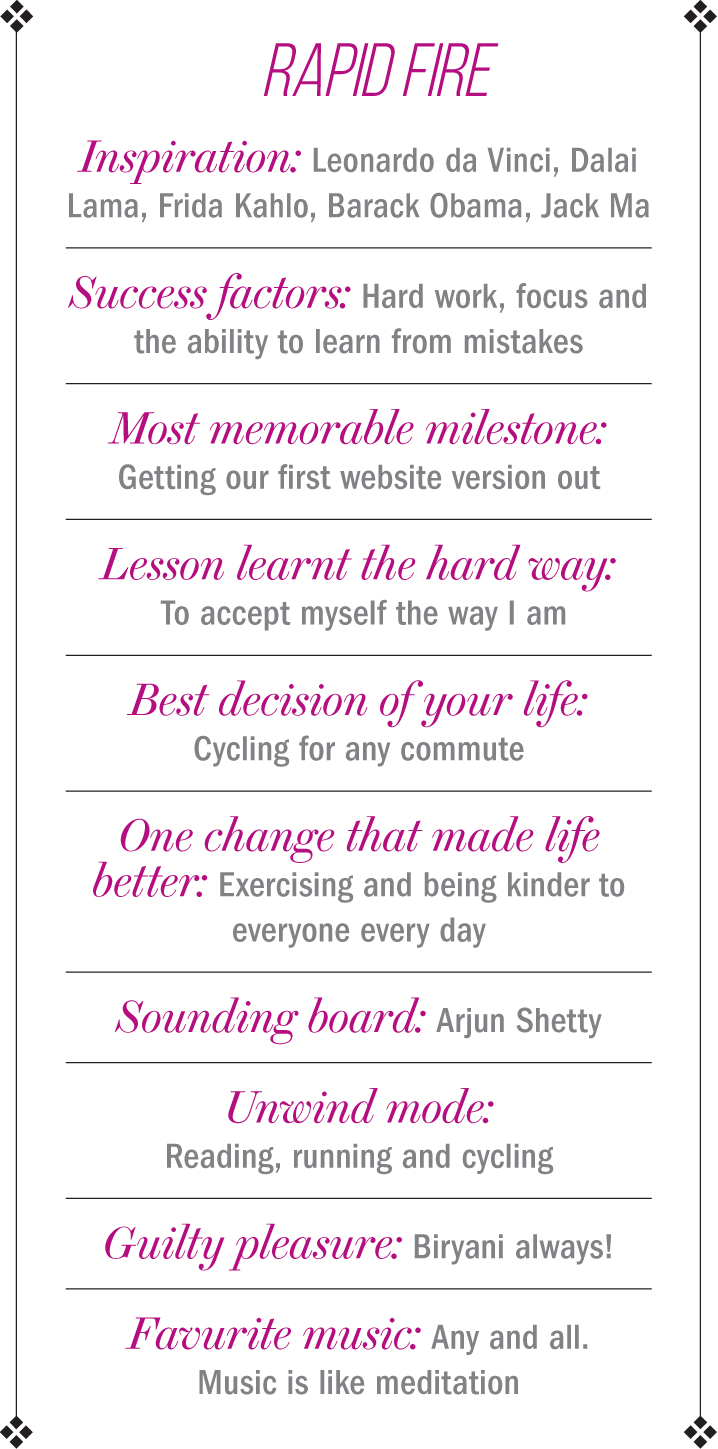 It is 8:45 am when she walks into her office with a smile on her face. She goes around the tech centre that reads MRI and radiology scans sent by partner hospitals in the US, chats with her team profiling the scans, and heads to her cabin.
It is 8:45 am when she walks into her office with a smile on her face. She goes around the tech centre that reads MRI and radiology scans sent by partner hospitals in the US, chats with her team profiling the scans, and heads to her cabin.
She says she has no idea how she became part of Alhuwalia’s compendium. “Nobody even at home listens to me,” she says, in a lighter vein. Maheshwari and her husband Dr Arjun Kalyanpur founded a multinational radiology diagnostics consultancy; a tech company testing algorithms to detect breast cancer, strokes and fractures; and a primary healthcare clinic chain. “I believe powerful is not the word, impactful would be a better word,” she says.
From jobless to in-business
Among the roster of achievements doc and team have, their non-funded business model makes them stand out. Not a stake sold, not a penny borrowed. In her own words “Ours is an example of non-funded, organic growth from one room, patient growth, like little tortoises.” Her company recently crossed the Rs.1 billion mark in revenue. “Yes, this year we will hit Rs. 1.35 billion and, next year, we plan on hitting Rs. 1.7 billion,” she says. This remarkable success story started from unemployment — from being overqualified.
Maheshwari got married and came to India in 1999 to work on primary healthcare systems. Meanwhile Kalyanpur, a radiologist trained at Yale and Cornell, shuttled between the USA and India,since he was considered overqualified by Indian hospitals. After three years of back-and-forth, the couple stumbled upon the idea of a business process outsourcing model for radiology diagnostics. Lead-time for radiology reports in the USA was three to four days, but India had an advantage. It was day here when the USA slept. With an initial investment of $100,000 (about Rs.7 million today), the couple started Teleradiology Solutions (TRS) in 2002. The brand has been growing at a Cagr of 30% since 2015.
The project started as a consultation programme with Yale, where Kalyanpur worked. The hospital sent its scans and, by next morning, they had their diagnostics reports. TRS’ idea clicked, and in three years, TRS was catering to 30 US hospitals. In 2005, the Singapore government invited TRS to work with their local hospitals. This was the moment of reckoning for TRS and gave it the confidence to start RxDx, the brand’s chain of clinics.
The couple set up the Whitefield facility, the first RxDx clinic, back in 2007.
Bootstrapping 101
How did Dr Maheshwari grow her business from scratch to one of India’s biggest teleradiology brands? The simple answer is a revenue-based model. “Whenever we had profits, we reinvested it into the business. For instance, we bought this 36,000 sq ft land (in Whitefield) at Rs.7 million in 2006. When we had money, we began building the ground floor. However, we realised Whitefield will boom in the next 10 years. Even our architect suggested we build it to full scale and make it future ready. Lots of people came to us asking to rent out the place; restaurants, real-estate companies, and so on. But healthcare is what we knew and healthcare is what we wanted to do.”
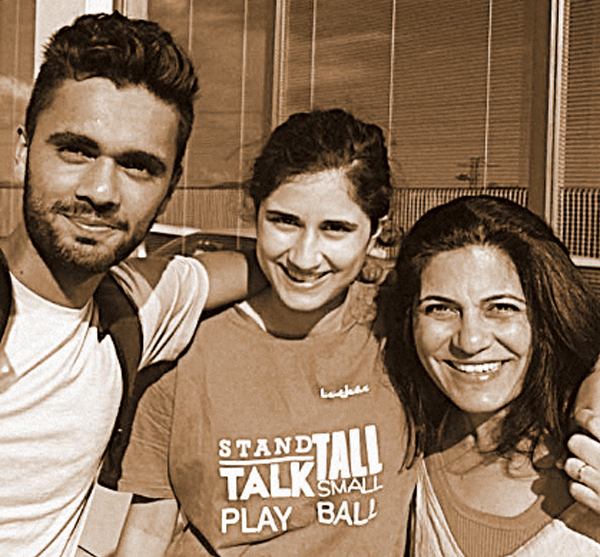
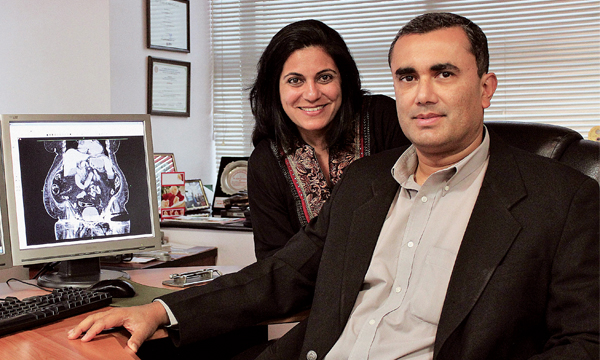
Having headed the paediatric cardiology department at Narayana Hrudayalaya for 10 years, Maheshwari realised most patients who visited her didn’t need a hospital. The odd chest pain and dizziness could be checked in a clinic. That was the inception of RxDx.
Cracking the primary care business model is not easy. There hasn’t been a successful one in India because there isn’t much money in it. The clinics cannot survive on consultation fee alone since the doctor takes the lion’s share. You need ancillaries such as a diagnostics lab and a pharmacy, which makes running the setup cumbersome, even for the funded chains.
The patient entrepreneur
But, with the first clinic, the doctor-turned-entrepreneur understood what her patients needed: good doctors who are consistently present, quick access, and hassle-free treatment. “We kept everything under one roof for primary care, so we didn’t have to push patients to get admitted as in hospitals,” she says.
There’s another reason why she believes the pre-hospital, general physician (GP)-driven model is what India needs. India produces 48,000 MBBS doctors per year. We have 20,000 post graduate seats. For the rest, the only way to become post-graduates is to go abroad but India needs those GPs. Therein lies the model’s scalability. “Hospitals empower the specialist, the neuroscientist, the cardiologist, the big guys. But in our model, the GP decides if you need a specialist.”
“We have five clinics, and we have scaled it as a primary care model mostly around Bengaluru and largely via word of mouth,” says Maheshwari, who ran one clinic for 10 years to get the model right. It’s FY18 revenues stand at Rs.270 million and, over the past three years, RxDx has been growing at a Cagr of about 20%.
She is happy with the progress. “In the first four-five years, we barely survived. In the tenth year, we were profitable. But now, our new clinics become profitable in under a year.”
Uncommon sense
Neither Maheshwari nor her husband has a business background. When setting up TRS, they considered getting an MBA. The idea made sense since neither knew how to read balance sheets, let alone draw five-year plans or conduct budgeting exercises. However, they had help in the form of B L Maheshwari, her father. “My father was a business consultant, and he took us along for meetings. He used to say ‘common sense is very uncommon.’ That’s when I realised business is simply common sense at work,” she says. She filled in the knowledge gaps by attending workshops on reading balance sheets and understanding business terminology. Talk about self-learning!
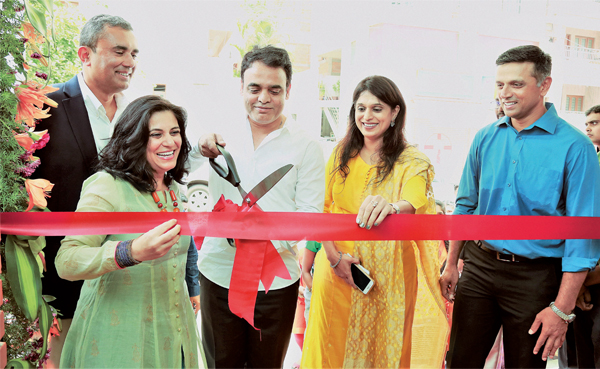
TRS adheres to basic principles. One is integrity. “We will pay our employees on time and we will treat them well. We will not cheat our customers. We won’t force them to do tests they don’t want, we will run our business in a happy fashion, and not be greedy,” she says. Finally, as simple as it sounds, the company doesn’t spend more than what it earns.
TRS was 70-strong when Maheshwari set up her first clinic. Today, the headcount is over 600 including doctors, engineers, marketing team and HR personnel. Irrespective of the department, she emphasises on consistency. “All I tell them is don’t promise something you cannot offer consistently. Say a bonus, or a gift. Don’t do anything that you have to take away next year,” she says.
Chief Dreamer
Not MD, not co-founder, not CxO, Maheshwari calls herself ‘Chief Dreamer’ (and jokingly Chief ‘Dilemmist’). The dream started with TRS, then came RxDx and then Telerad Tech was born in 2012 — when TRS began testing AI algorithms to detect strokes, and breast cancer. Under this third, tech vertical, they test algorithms both in-house and for clients. Telerad Tech generated Rs.80 million in 2017-18, and has grown at nearly 100% CAGR since 2015.
Then, there is the Telerad Foundation, the non-profit, or Maheshwari’s karma-generating vertical. It works with NGOs such as the Ramakrishna Mission (in Arunachal Pradesh and Kalaburagi) and aims to make medical services available in India’s remote locales.
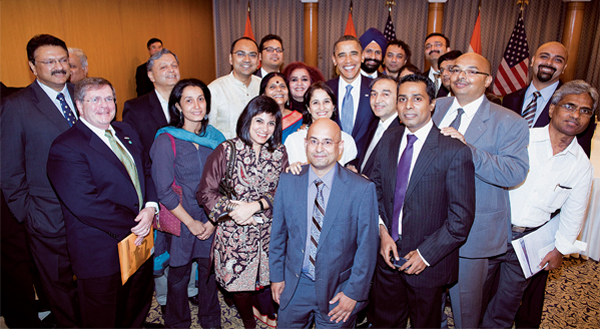
Maheshwari and Kalyanpur are passionate teachers. Through the Foundation and TRS’ tele-conferencing technology, the duo delivers lectures to post-graduates. Kalyanpur trains 800 radiologists of the National Board of Examinations’ post-graduation programme. Meanwhile, Maheshwari recently set up a paediatric cardiology training module for Kerala’s Hridyam project. Students attend these lectures in classrooms or on their mobile phones, free of cost.
TRS even uses the platform to educate rural patients on subjects such as post-natal care, personal hygiene, and the use of sanitary pads.
Rocky roads
The best way to scale primary healthcare is to work with the government. While the Singapore government jumped on board in 2005, the Government of India took another decade to notice TRS.
In 2016, the company signed its first tender with Tripura, where TRS set up radiology diagnostics across the state’s hospitals, catering to over 70,000 patients.
Besides domestic tenders, international tenders in Africa and the Middle-East are in the pipeline. However, these deals are in their initial stages, and Maheshwari refrained from divulging details.
The rapid expansion has introduced a new challenge. “Some time ago, we signed a contract every three-four months, so the operations team was in la-la land. However, when our sales and marketing team began firing on all cylinders, we realised our operations team is lagging. The challenge now is to bring them up to speed with the sales guys,” she says.
TRS has abstained from venture capitalists (VC) so far. However, developing AI technology is resource- and capital-intensive. Should it stick to its revenue model? Given the number of verticals TRS wants to expand in 2019-20, Maheshwari says she is on the cusp of roping in a VC that shares her company’s vision.
With the inevitable advent of AI in every vertical of TRS, her team also runs the risk of being out-skilled by the machines it taught to walk and run. Maheshwari encourages her teams to constantly upskill. That said, how TRS keeps its people relevant in the age of machines will be another story worth telling.
